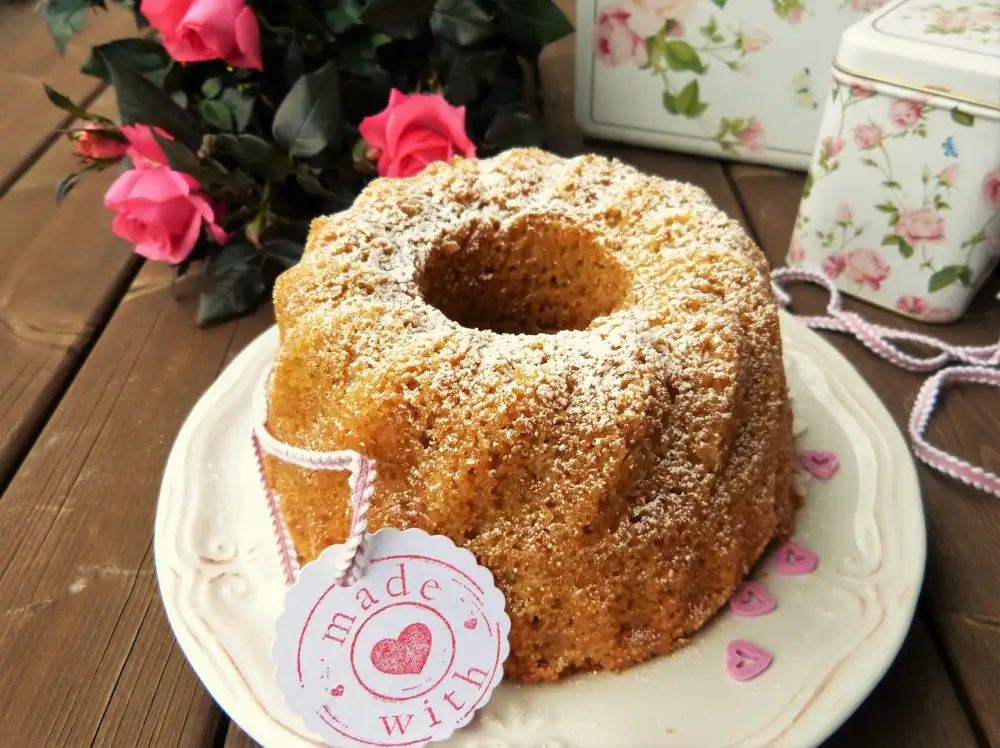Discover the Health Benefits of Gluten-Free Flour: Embrace Freshness in Every Bite

Gluten-free flour has gained popularity in recent years as more people are discovering its health benefits. Unlike traditional flour, which contains gluten, a protein found in wheat, barley, and rye, gluten-free flour is made from alternative grains or starches. This makes it a suitable option for those with gluten intolerance or celiac disease. Gluten-free flour offers a versatile and nutritious alternative for baking and cooking, allowing individuals to embrace freshness in every bite while still enjoying their favorite foods.
Understanding gluten and its effects on health
Understanding gluten and its effects on health is crucial when considering the benefits of using gluten-free flour. Gluten is a protein found in wheat, barley, and rye that gives dough its elasticity. However, for some individuals, consuming gluten can lead to adverse health effects.
One common condition associated with gluten consumption is celiac disease. This autoimmune disorder causes damage to the small intestine when gluten is ingested, leading to nutrient deficiencies and digestive issues. Additionally, non-celiac gluten sensitivity affects individuals who experience similar symptoms but do not have celiac disease.
Gluten has also been linked to inflammation in the body, which can contribute to various health problems such as joint pain, skin issues, and digestive discomfort. By eliminating or reducing gluten intake through the use of gluten-free flour, individuals may experience improvements in their overall well-being.
It's important to note that not everyone needs to avoid gluten. For those with celiac disease or a sensitivity to gluten, however, opting for gluten-free flour can be a beneficial dietary choice.
Benefits of using gluten-free flour
Using gluten-free flour in your cooking and baking can offer a range of health benefits. Firstly, it is a great option for individuals with celiac disease or gluten sensitivity, as it allows them to enjoy delicious foods without experiencing digestive issues or discomfort. Additionally, gluten-free flour is often higher in fiber and nutrients compared to traditional wheat flour. This can help improve digestion, regulate blood sugar levels, and promote overall gut health. Moreover, using gluten-free flour can also lead to weight loss or maintenance, as it tends to be lower in calories and carbohydrates. Whether you have specific dietary restrictions or simply want to explore new flavors and textures, incorporating gluten-free flour into your recipes can be a delicious and nutritious choice.
Types of gluten-free flours available in the market
There are several types of gluten-free flours available in the market today. One popular option is almond flour, which is made from finely ground almonds. It has a slightly sweet and nutty flavor, making it perfect for baking cookies and cakes.
Another common choice is coconut flour, which is made from dried coconut meat. It has a light texture and a subtle coconut flavor. Coconut flour is often used in gluten-free breads and muffins.
Rice flour is another widely used gluten-free option. It can be made from either white or brown rice and has a neutral taste. Rice flour works well in recipes that require a lighter texture, such as pancakes or pie crusts.
For those looking for a more nutritious alternative, quinoa flour is an excellent choice. Quinoa is a complete protein and contains essential amino acids. Quinoa flour can be used in a variety of recipes, including breads, cookies, and pancakes.
Other gluten-free flours include tapioca flour, sorghum flour, and chickpea flour. Each of these flours has its own unique characteristics and can be used to create delicious gluten-free dishes.
When choosing gluten-free flours, it's important to read labels carefully to ensure they are certified gluten-free. Additionally, experimenting with different combinations of flours can help achieve the desired texture and taste in your baked goods.
Tips for baking with gluten-free flour
When baking with gluten-free flour, it's important to keep a few tips in mind to ensure successful and delicious results. First, it's essential to follow a recipe specifically designed for gluten-free baking, as the absence of gluten affects the texture and structure of baked goods.
Next, it's helpful to use a blend of different gluten-free flours to achieve the best results. This can include a combination of rice flour, almond flour, tapioca flour, or potato starch. Experimenting with different ratios can help find the perfect balance for your desired outcome.
To improve the texture of your baked goods, consider adding xanthan gum or guar gum to mimic the binding properties of gluten. These additives help prevent crumbling and create a more cohesive final product.
Additionally, be mindful of moisture levels when working with gluten-free flour. Gluten-free baked goods tend to dry out faster than their traditional counterparts. Adding extra liquid or using ingredients like applesauce or yogurt can help retain moisture and produce moist and tender treats.
Lastly, allow your gluten-free baked goods to cool completely before enjoying them. This will give them time to set and develop their full flavor.
By following these tips, you can confidently embrace the use of gluten-free flour in your baking adventures and enjoy delicious treats that are both healthy and satisfying.
Incorporating gluten-free flour into a healthy diet
Incorporating gluten-free flour into a healthy diet can be a great way to embrace freshness and improve your overall well-being. Here are some tips to help you make the most of gluten-free flour in your everyday cooking:
1. Experiment with different recipes: Gluten-free flour can be used in a variety of dishes, from bread and cakes to pancakes and cookies. Don't be afraid to try new recipes and explore the versatility of gluten-free flour.
2. Mix it up: Combine different types of gluten-free flours to achieve the desired texture and taste in your baked goods. For example, a blend of almond flour, coconut flour, and tapioca starch can create a light and fluffy texture.
3. Add extra moisture: Gluten-free flours tend to absorb more liquid than traditional wheat flour. To prevent dryness in your baked goods, add extra moisture by incorporating ingredients like applesauce, yogurt, or mashed bananas.
4. Use binding agents: Gluten is responsible for providing structure in baked goods. In the absence of gluten, it's important to use binding agents like xanthan gum or guar gum to help hold everything together.
5. Increase leavening agents: Gluten-free flours may require additional leavening agents such as baking powder or yeast to ensure proper rising during baking.
6. Pay attention to ratios: When substituting gluten-free flour for regular flour in recipes, it's important to adjust the ratios accordingly. Start by replacing 1/4 cup of regular flour with gluten-free flour and gradually increase as needed.
By incorporating gluten-free flour into your diet, you can enjoy the health benefits it offers while still indulging in delicious homemade treats. Remember to experiment, adapt recipes, and have fun exploring the world of gluten-free baking!
In conclusion, embracing the health benefits of gluten-free flour is a wise choice for those looking to improve their overall well-being. By eliminating gluten from our diets, we can experience relief from digestive issues and inflammation. Gluten-free flours offer a wide range of options for baking and cooking, allowing us to enjoy our favorite dishes without compromising on taste or texture. So why not embrace freshness in every bite and make the switch to gluten-free flour today? Your body will thank you!
Published: 20. 12. 2023
Category: Health



